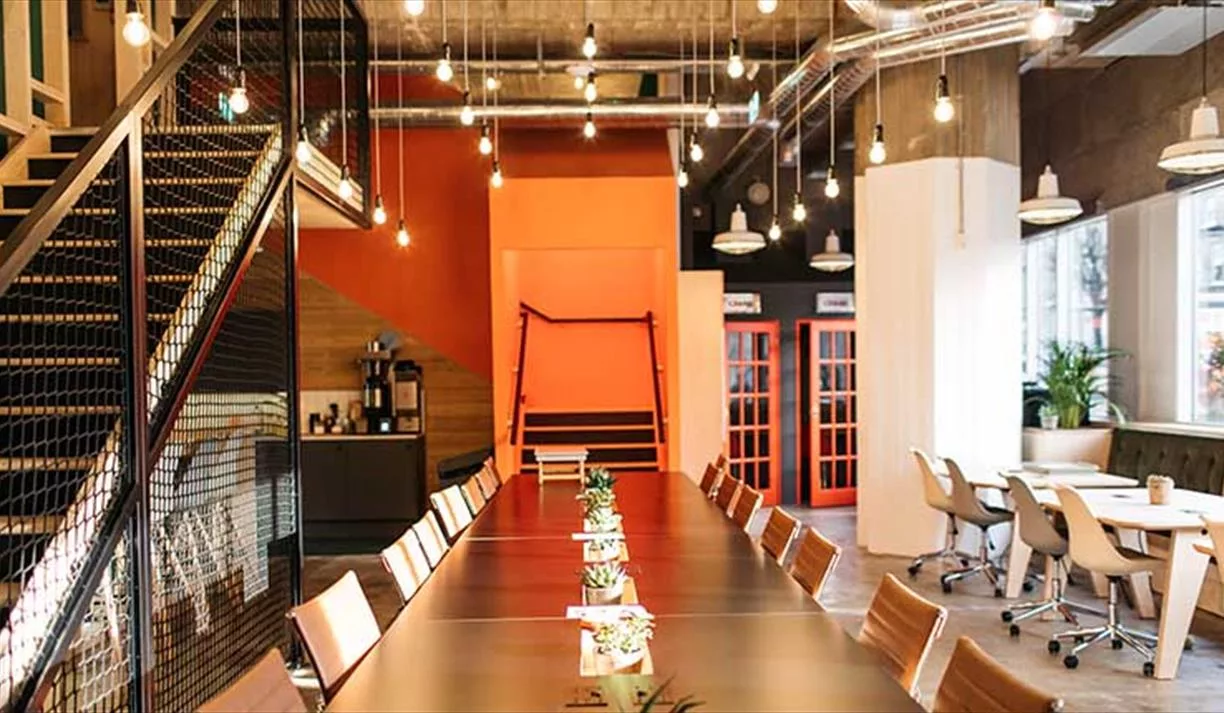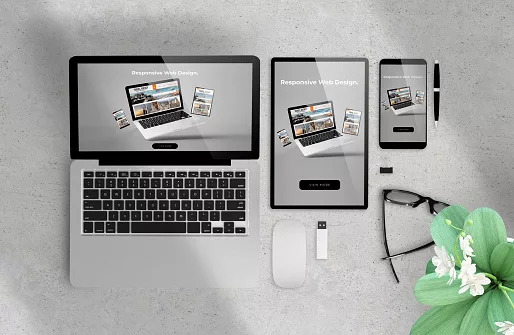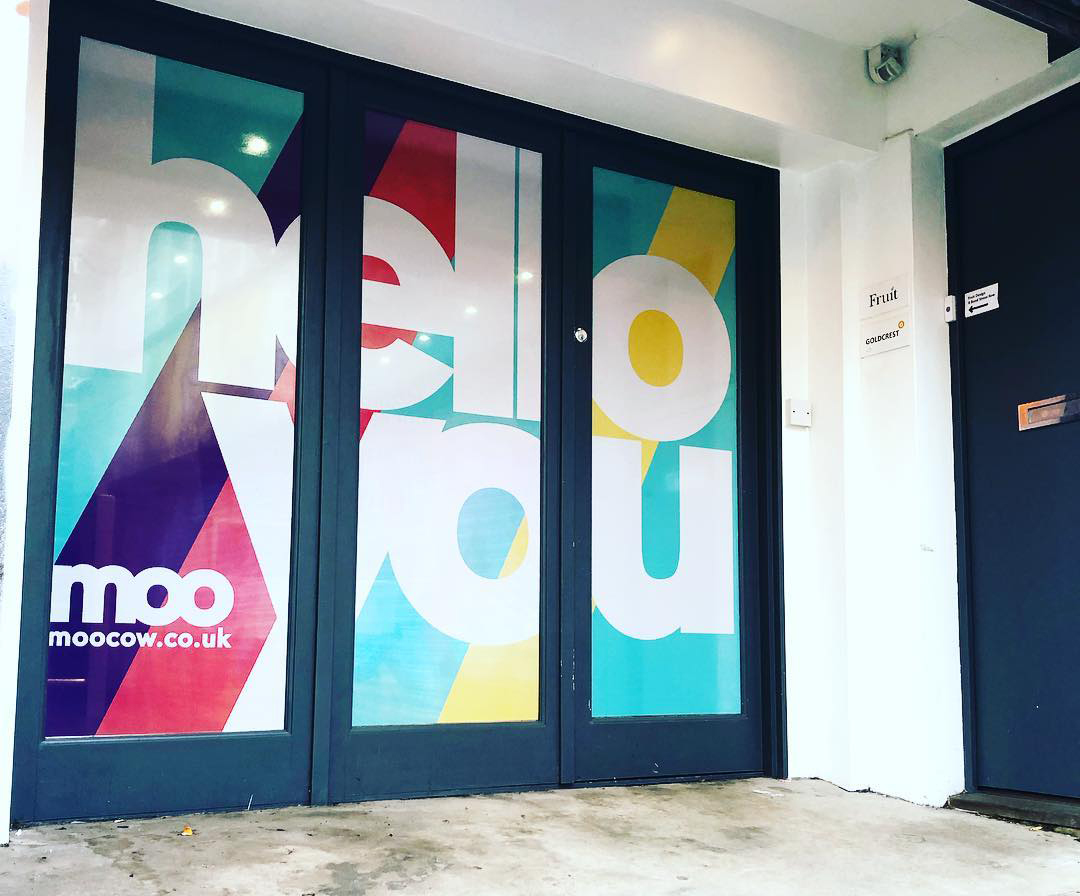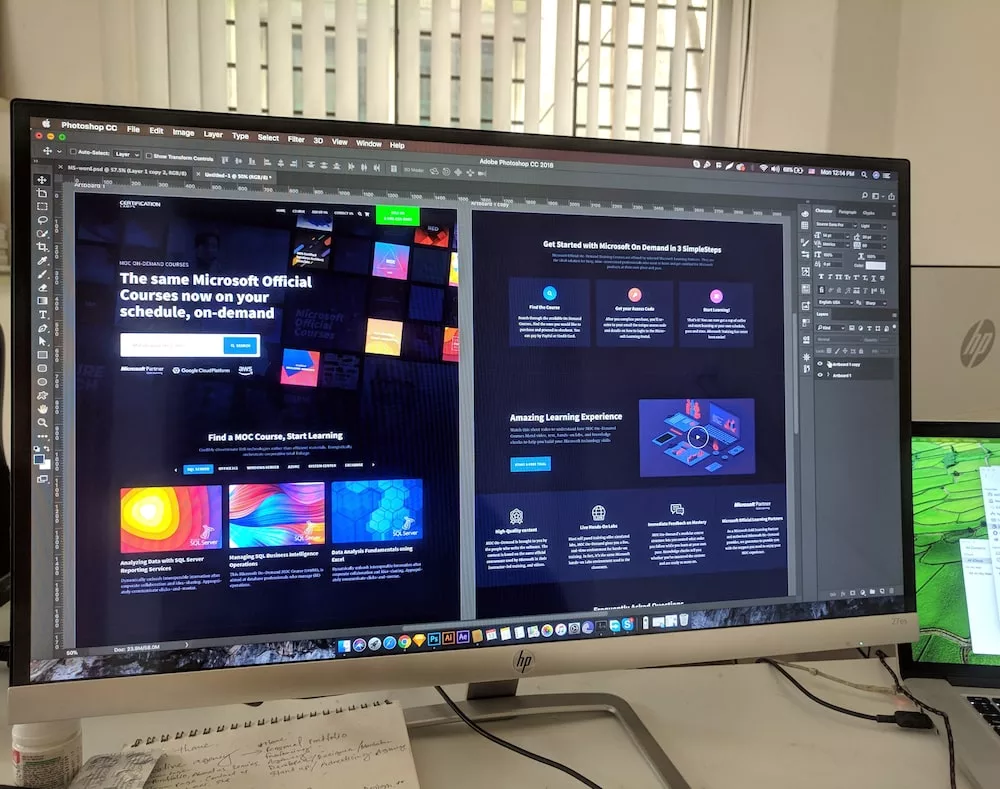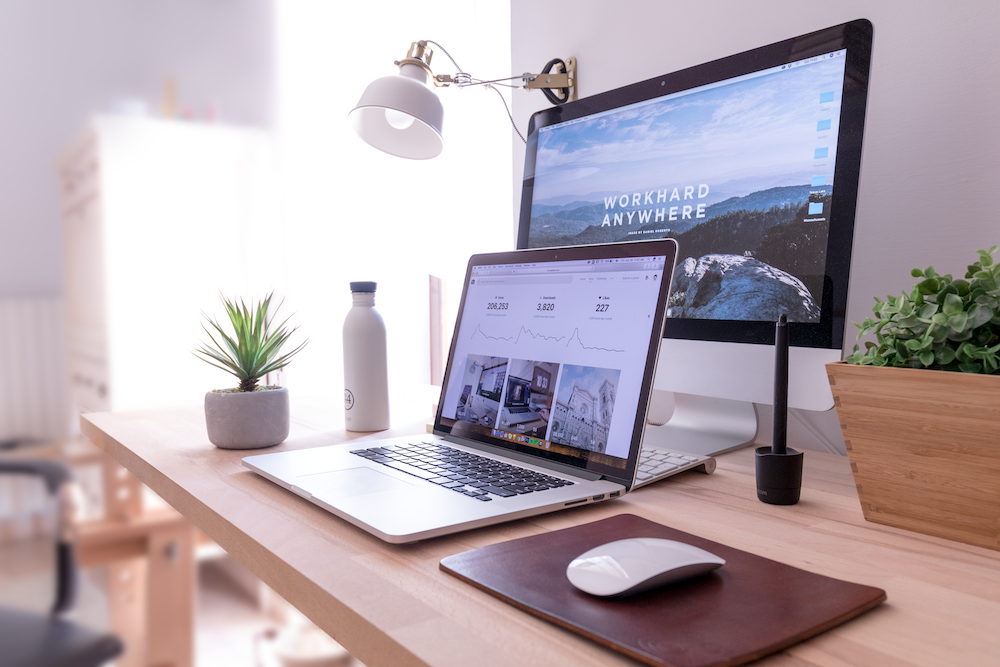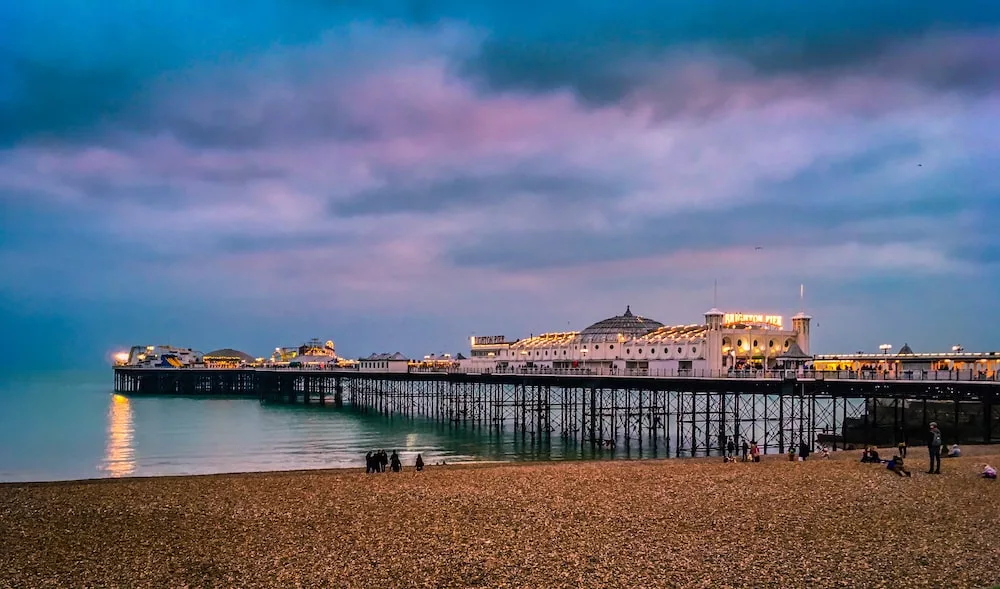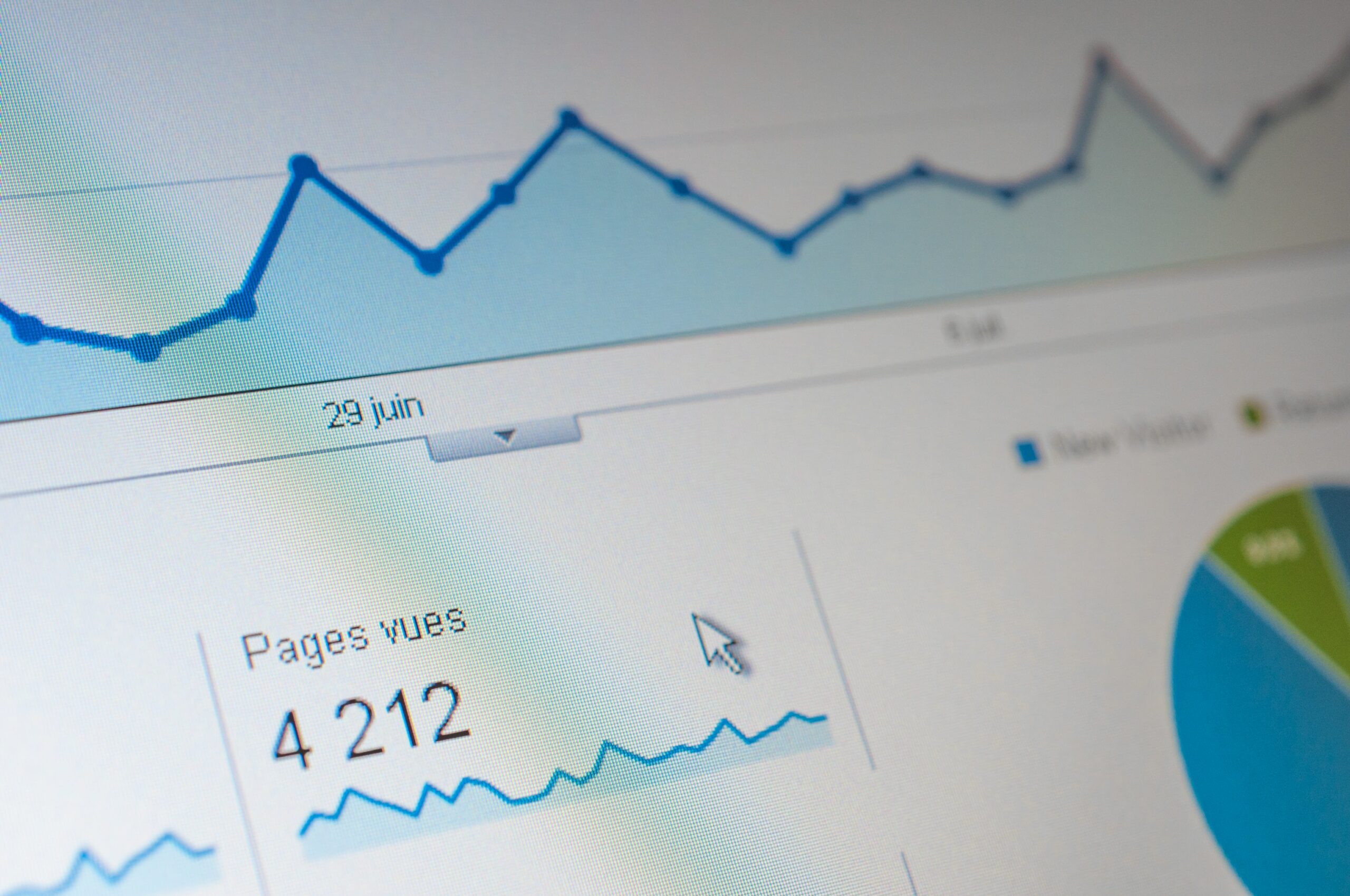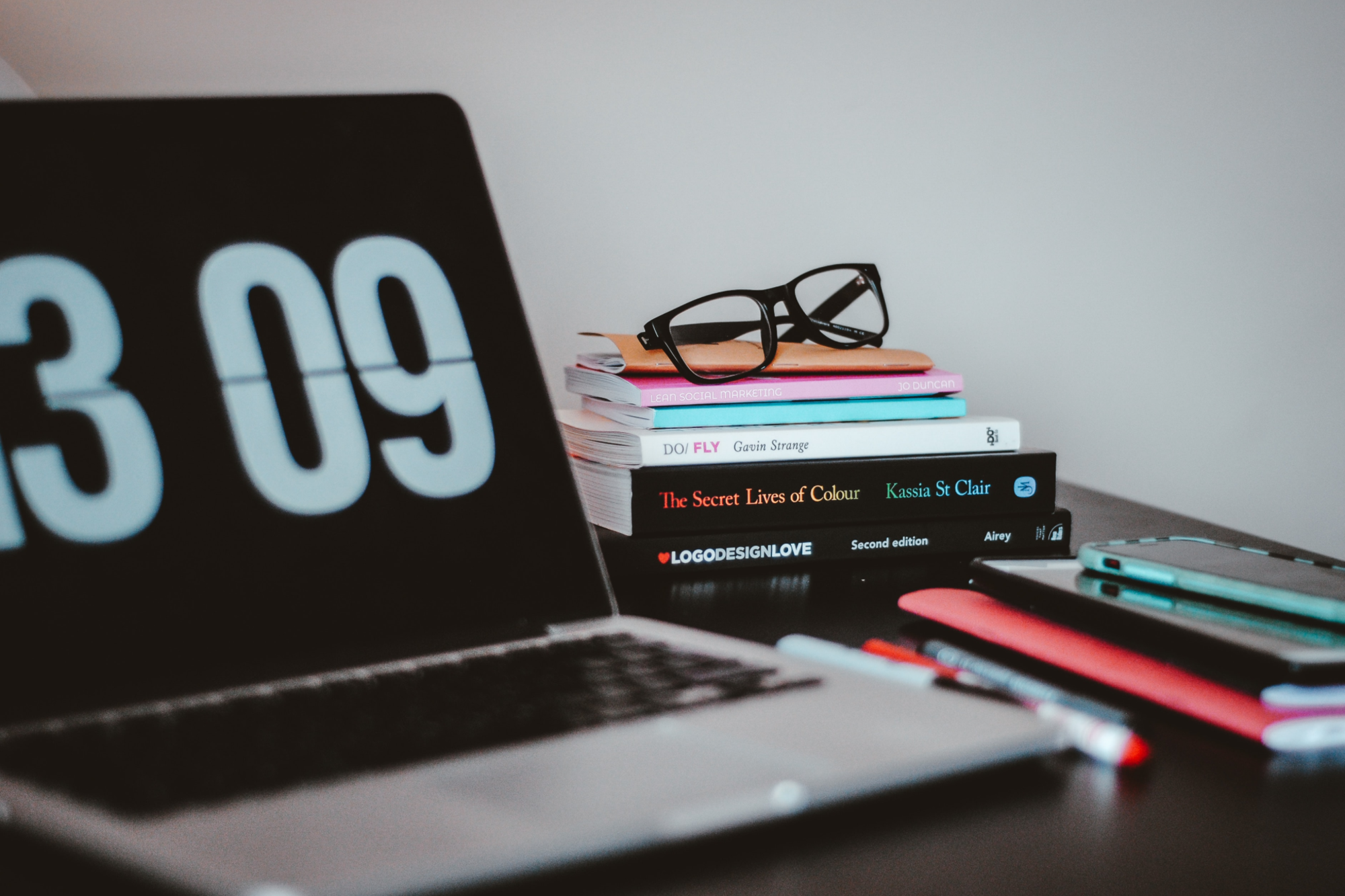The Art of Web Design in Hove
In the thriving seaside town of Hove, businesses are increasingly recognising the importance of having a well-designed, user-friendly website. As the digital face of your business, your website plays a crucial role in making a good first impression and engaging potential customers. In this post, we explore the world of web design in Hove and its importance in today’s digital landscape.
Why is Web Design Important?
A well-designed website can be the difference between attracting new customers or losing them to the competition. Good web design ensures your site is not only visually appealing but also easy to navigate, mobile-friendly, and quick to load.
Key Elements of Effective Web Design
Responsive Design: With an increasing number of users browsing on mobile devices, having a website that performs well across all devices is essential. Responsive design ensures your website adapts to the size of the user’s screen for an optimal viewing experience.
User-Friendly Navigation: A well-designed website should make it easy for visitors to find what they’re looking for. Clear, intuitive navigation guides users through your site, improving user experience and encouraging them to spend more time exploring your content.
Fast Load Times: In our fast-paced digital world, users expect websites to load quickly. Slow load times can frustrate users and lead them to leave your site, negatively impacting your bounce rate and SEO.
Visual Appeal: A visually appealing website can make a lasting impression on your visitors. The use of colours, images, typography, and layout all contribute to the overall aesthetic of your site.
Clear Calls to Action (CTAs): Guiding your users towards a desired action is crucial for conversions. Effective CTAs can significantly increase your conversion rates and help you achieve your business goals.
SEO-Friendly: A well-designed website is an SEO-friendly website. By incorporating SEO best practices into your web design, you can improve your visibility in search engine results and attract more organic traffic to your site.
The Web Design Scene in Hove
In Hove, businesses understand the importance of good web design. Local web design agencies are committed to creating websites that not only look great but also perform well, offering services such as responsive design, UX/UI design, website development, and more.
At the end of the day, a well-designed website is an investment that can deliver significant returns for your business. If you’re a business in Hove looking to create a new website or revamp an existing one, there are plenty of skilled web designers ready to help you make your mark in the digital landscape.
